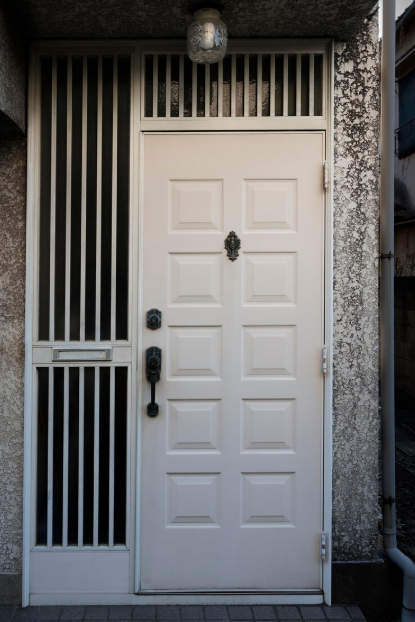When you think of an entry door, you likely focus on its design, durability, or the first impression it makes. But few people consider what goes into actually manufacturing that door. Behind every high-quality front door lies a meticulous process combining engineering, craftsmanship, and rigorous quality control. For homeowners, builders, and architects, understanding this process can help in choosing the right entry door supplier for long-lasting results.
1. Design and Material Selection
The journey begins with design planning and material selection. Entry door suppliers work with designers and engineers to create models that are not only visually appealing but also functional, energy-efficient, and secure. The choice of materials plays a pivotal role in performance and durability. The most commonly used materials include steel, fiberglass, and solid wood, each with its own advantages.
Fiberglass doors are popular for their resistance to warping and corrosion, as well as their energy efficiency. Steel doors offer superior security and durability, while wood remains a top choice for those wanting a classic, high-end look. Leading entry door suppliers often use CAD (Computer-Aided Design) software to design their products with precision, ensuring that every detail—from panel layout to glass inserts—is accounted for.
2. Frame and Core Construction
Once the design is finalized, the next step is constructing the door’s frame and core. For fiberglass and steel doors, a high-strength core is critical. Many manufacturers use a polyurethane foam core, which provides excellent insulation, or a wood block core for added rigidity.
The frame itself must be carefully constructed to ensure a tight fit and proper alignment with hinges and locking mechanisms. Precision is essential, as any deviation can affect the door’s ability to seal properly, which in turn impacts energy efficiency and security.
3. Surface Preparation and Finishing
After the door’s core and frame are assembled, the surface is prepared for finishing. This includes sanding, priming, and applying protective coatings. Entry door suppliers typically offer a variety of finishes—ranging from paint to woodgrain-textured stains—for both aesthetic appeal and surface protection.
For fiberglass and steel doors, a factory-applied finish is often baked on to ensure durability and fade resistance. Wooden doors may undergo multiple layers of hand staining and sealing to highlight the grain and protect against moisture. Advanced finishing techniques also help prevent peeling, cracking, and UV damage.
4. Customization Options
Top-tier entry door suppliers often allow extensive customization. Homeowners can choose sidelights, transoms, decorative glass, custom hardware, and unique color options. These customizations are integrated at various stages of production and require close collaboration between departments.
Glass inserts, for instance, are carefully cut, tempered, and sealed to meet energy efficiency and safety standards. Entry door suppliers often offer double or triple glazing for improved insulation. Decorative camping, frosted or tinted options, and impact-rated glass are other add-ons that can be selected based on need.
5. Assembly and Quality Control
Once all components are ready, the assembly process begins. The door slab, frame, hinges, threshold, weatherstripping, and glass elements are brought together in a controlled manufacturing environment. Every component must be aligned perfectly to ensure proper operation.
At this stage, quality control is paramount. Entry door suppliers perform rigorous inspections, including:
- Dimensional checks to verify measurements and tolerances.
- Cycle testing of hinges and locks to ensure smooth operation.
- Thermal performance testing to evaluate energy efficiency ratings.
- Water and air infiltration tests to confirm weather resistance.
Manufacturers may also test for forced-entry resistance, especially for steel or security-rated doors.
6. Packaging and Shipping
Once the door passes all quality checks, it’s carefully packaged to avoid damage during transit. Foam padding, corner protectors, and moisture-resistant wrapping materials are used. Leading entry door suppliers invest in robust logistics systems to ensure that doors arrive on time and in perfect condition—whether they’re going to a construction site or a retail distributor.
7. Post-Sale Support
Reputable entry door suppliers don’t stop at the point of sale. They often offer installation guides, customer service support, and warranties that cover structural integrity, finish durability, and hardware performance. Some even offer direct communication channels with project managers for custom orders or commercial installations.
Conclusion
The manufacturing process behind an entry door is far more complex than it might appear from the outside. From the initial design and material selection to assembly, testing, and final delivery, each step requires precision, craftsmanship, and innovation. Working with a trusted entry door supplier ensures that every component of your door is built to last—both functionally and aesthetically. If you’re planning a home renovation or new construction project, don’t overlook the importance of partnering with a reputable supplier. And while you’re upgrading your doors, consider choosing a reliable window supply company to complete your project with energy-efficient, stylish windows that match your new entryway.

